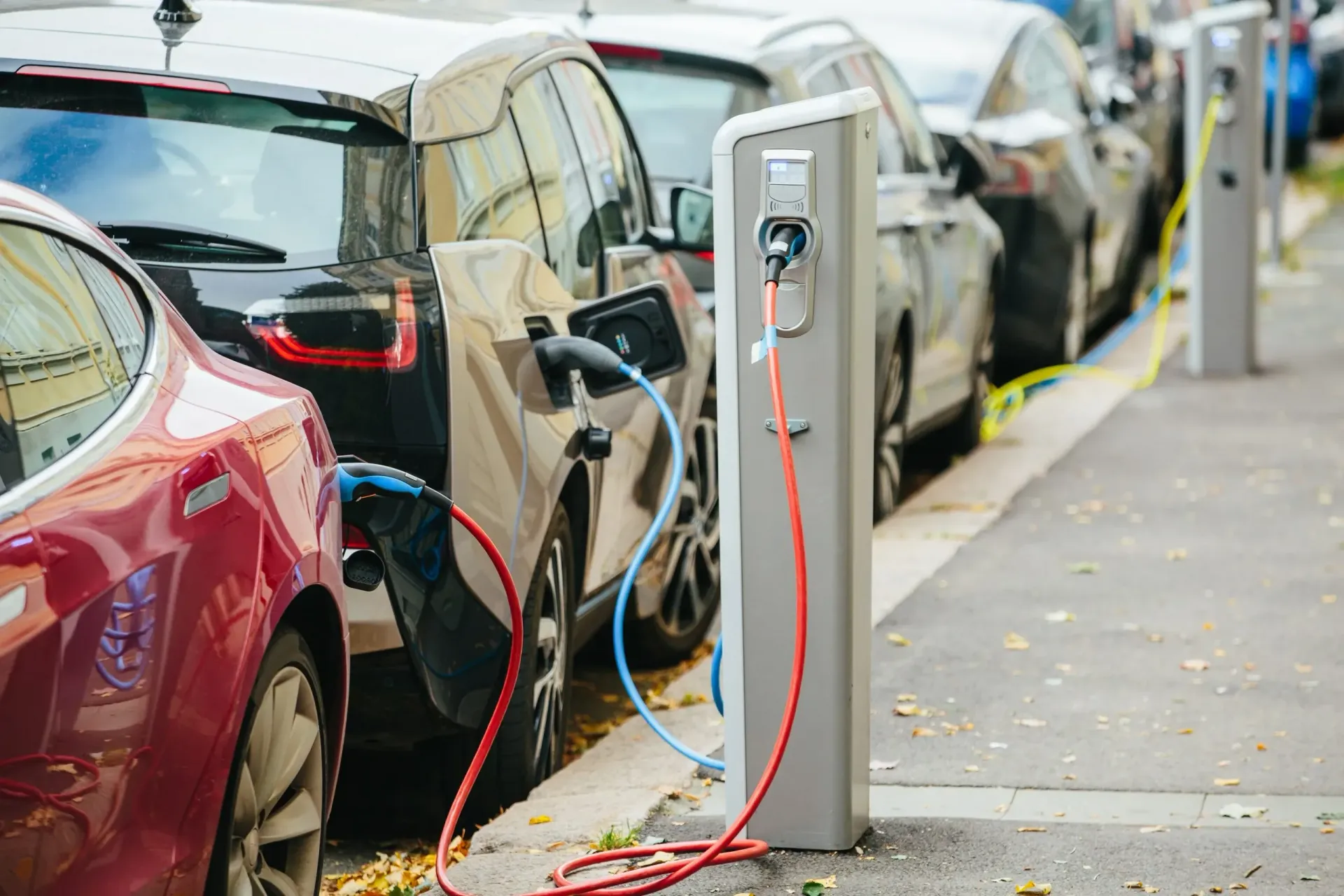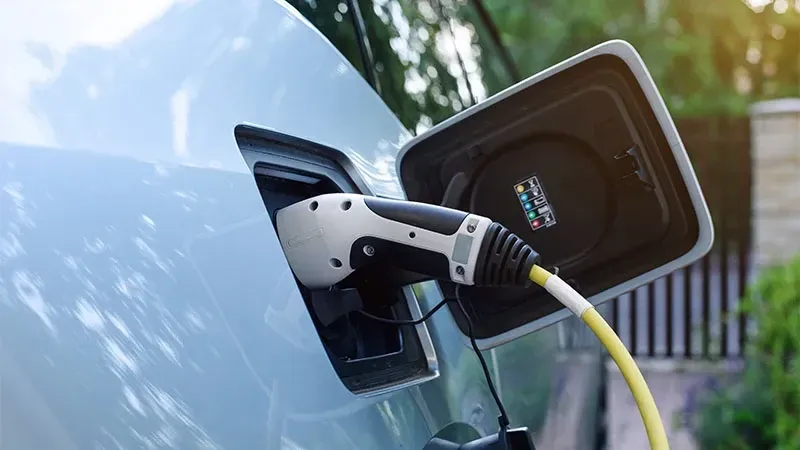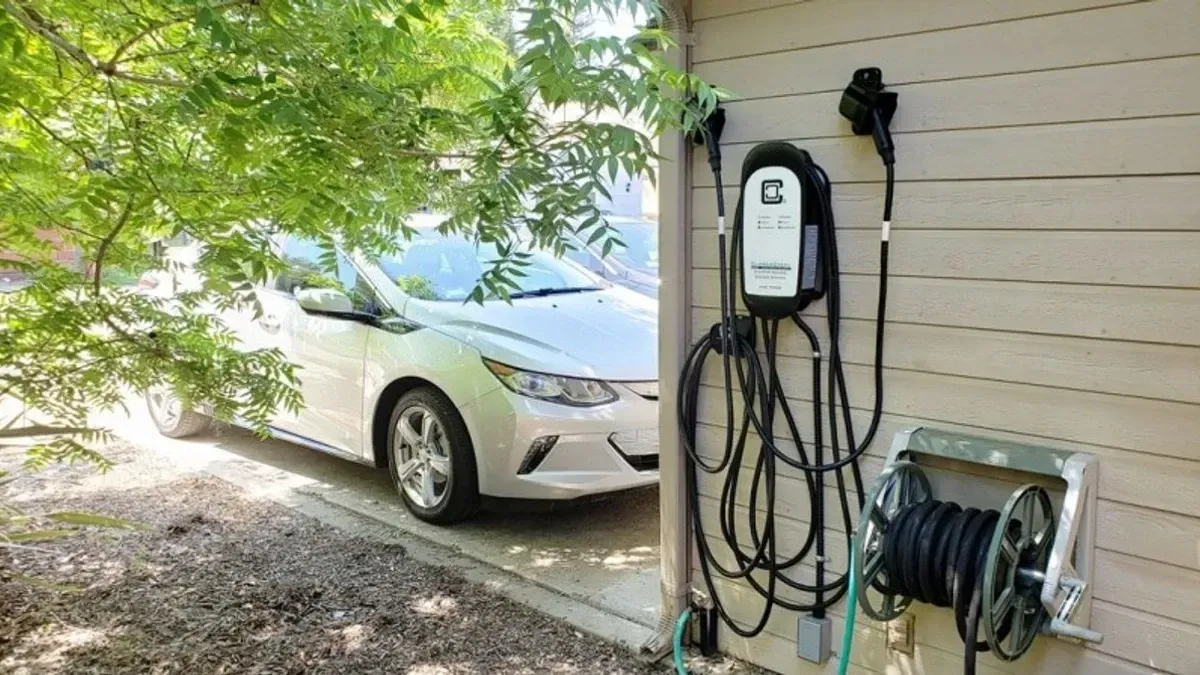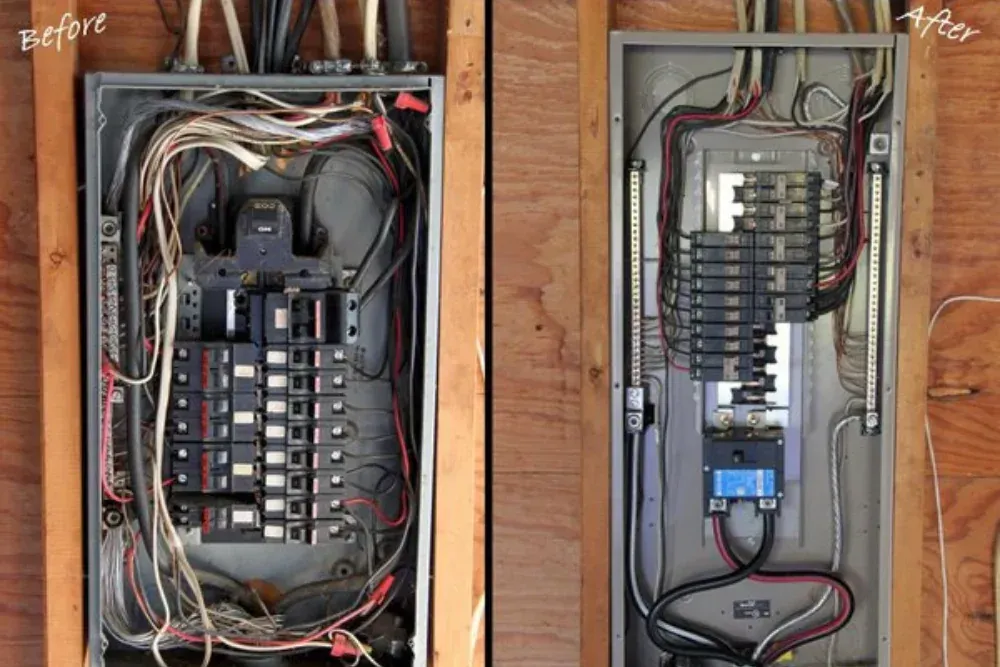EV Charging Safety: Essential Tips for Safe Electric Vehicle Charging
As electric vehicles become increasingly popular, understanding EV charging safety has become crucial for every EV owner. Proper charging practices protect not only your valuable investment but also ensure the safety of your family and property. Electric vehicle charging involves high-voltage electricity and specialized equipment, making safety knowledge essential for preventing accidents, fires, and equipment damage. This comprehensive guide covers everything you need to know about safe EV charging practices, from basic safety principles to advanced troubleshooting techniques.
Understanding Electric Vehicle Charging Systems

Basic Components of EV Charging Infrastructure
EV charging systems consist of several critical components that work together to safely deliver power to your vehicle. The charging station contains control circuits, safety monitoring systems, and communication protocols that ensure safe power delivery. Ground fault circuit interrupters (GFCI) protection, overcurrent protection, and thermal monitoring systems work continuously to prevent dangerous conditions during charging sessions.
Different Charging Levels and Safety Considerations
Level 1 charging uses standard 120-volt household outlets and presents the lowest safety risks due to lower power levels.
Level 2 charging operates at 240 volts and requires dedicated circuits with proper safety equipment.
DC fast charging involves even higher voltages and sophisticated safety systems built into commercial charging stations. Each level requires specific safety protocols and equipment to ensure safe operation
Home EV Charging Station Safety Requirements
Electrical System Prerequisites
Before installing any home charging equipment, your electrical system must meet specific safety standards. The electrical panel should have adequate capacity to handle the additional load without overloading existing circuits. Proper grounding systems are essential, as they provide a safe path for electrical faults and protect against electrocution. All electrical connections must be tight and properly rated for the current loads they will carry.
Installation Safety Standards
Professional installation ensures compliance with National Electrical Code (NEC) requirements and local building codes. Proper mounting heights, clearance requirements, and weatherproofing are critical for outdoor installations. The charging station location should provide easy access while maintaining safe distances from combustible materials, water sources, and high-traffic areas.
Essential EV Charger Safety Features
Built-in Protection Systems
Modern EV chargers include multiple safety systems that monitor charging conditions continuously. Ground fault detection immediately shuts off power if electrical leakage is detected. Overcurrent protection prevents damage from excessive electrical flow. Temperature monitoring systems shut down charging if components overheat, preventing fire hazards.
Communication and Monitoring Capabilities
Advanced EV chargers communicate with vehicles to ensure compatibility and safe charging parameters. These systems verify proper connections before initiating charging and monitor battery conditions throughout the charging cycle. Smart monitoring capabilities can detect abnormal conditions and alert users through smartphone applications or visual indicators.
EV Charging Safety Tips for Daily Use

Pre-Charging Inspection Procedures
Before each charging session, inspect the charging cable for damage, including cuts, burns, or exposed wires. Check the charging port on your vehicle for debris, moisture, or signs of damage. Ensure the charging station displays normal status indicators and that all safety systems are functioning properly. Never attempt to charge with damaged equipment or in unsafe conditions.
Proper Connection Techniques
Always ensure your hands are dry before handling charging equipment. Insert the charging connector fully into the vehicle port and verify a secure connection before initiating charging. Never force connections or use damaged connectors. Listen for the distinctive click that indicates proper engagement, and check that charging has begun according to your vehicle's display.
Weather-Related Safety Considerations
EV charging equipment is designed to operate safely in various weather conditions, but extra precautions are necessary during severe weather. Avoid charging during lightning storms, as electrical surges can damage both charging equipment and vehicle systems. Ensure charging ports and connectors remain dry, and never charge with wet hands or while standing in water.
Indoor vs. Outdoor Charging Safety

Garage Installation Considerations
Indoor charging installations require proper ventilation to prevent heat buildup and ensure safe operation. Maintain adequate clearance around charging equipment for heat dissipation and maintenance access. Install appropriate lighting to ensure safe operation during nighttime charging sessions. Consider the location of other electrical equipment and storage areas when planning charging station placement.
Outdoor Weather Protection
Outdoor charging stations must be weatherproof and installed with appropriate drainage to prevent water accumulation. Use weatherproof covers when connectors are not in use to prevent moisture and debris infiltration. Consider sun protection for charging equipment to prevent UV damage and overheating during summer months.
Emergency Procedures and Safety Protocols
Recognizing Warning Signs
Learn to identify potential safety hazards, including unusual odors, visible sparks, excessive heat, or burning smells during charging. Unusual sounds from the charging equipment or vehicle may indicate mechanical or electrical problems requiring immediate attention. If your vehicle's charging indicator shows error codes or abnormal behavior, stop charging immediately and investigate.
Emergency Response Actions
If you detect any safety hazards during charging, immediately stop the charging process and disconnect the charger if it's safe to do so. Never touch equipment that appears damaged or is producing sparks. In case of fire, use appropriate fire extinguishers designed for electrical fires, and evacuate the area while calling emergency services.
Power Outage Considerations
Power outages during charging are generally safe, as modern systems are designed to handle sudden power loss. However, avoid repeatedly attempting to restart charging during unstable power conditions. Wait for stable power restoration before resuming charging to prevent damage from power surges or voltage fluctuations.
Maintenance and Long-term Safety
Regular Equipment Inspection
Schedule monthly visual inspections of your charging equipment to check for signs of wear, damage, or deterioration. Look for loose connections, corrosion, or physical damage to cables and connectors. Clean charging ports and connectors regularly to prevent the buildup of dirt and debris that could interfere with proper connections.
Professional Maintenance Requirements
Annual professional inspections ensure continued safe operation and can identify potential problems before they become safety hazards. Qualified technicians can test safety systems, verify proper grounding, and check electrical connections. Keep maintenance records to track equipment condition and ensure warranty compliance.
Fire Prevention and Safety Measures
Understanding Fire Risks
While EV charging fires are rare, understanding potential risks helps prevent dangerous situations. Overheating due to poor connections, overloaded circuits, or equipment failures can lead to fires. Proper installation, regular maintenance, and following manufacturer guidelines significantly reduce fire risks.
Fire Safety Equipment
Install appropriate fire detection and suppression systems near charging areas. Smoke detectors should be installed in garages and charging areas. Keep appropriate fire extinguishers nearby, specifically Class C extinguishers designed for electrical fires. Ensure family members know the location and proper use of fire safety equipment.
Children and Pet Safety Around EV Charging
Creating Safe Zones
Establish clear boundaries around charging areas to keep children and pets safe from electrical hazards. Install physical barriers or designated safe zones that prevent unsupervised access to charging equipment. Educate family members about the importance of staying away from charging equipment during operation.
Supervision and Education
Always supervise children around EV charging equipment and teach them about electrical safety. Explain the dangers of tampering with charging cables or connectors. Store charging cables and accessories in secure locations when not in use to prevent access by children or pets.
Frequently Asked Questions
Is it safe to charge an EV in the rain?
Yes. EV chargers are weatherproof, but keep hands dry and avoid standing in puddles.
What if my charging cable gets hot?
Mild warmth is normal, but if it’s too hot to touch, stop charging and check connections.
Can I use an extension cord for EV charging?
No. Extension cords can’t handle EV charging loads and pose fire and shock risks.
How often should I inspect my EV charger?
Check monthly for visible damage and schedule a professional inspection once a year.
Is overnight EV charging safe?
Yes, with properly installed equipment. Ensure smoke detectors work and safety systems are in place.
Conclusion
EV charging safety requires understanding the technology, following proper procedures, and maintaining equipment in good condition. By implementing these safety practices, EV owners can enjoy the benefits of electric transportation while protecting their families and property. Regular inspections, proper maintenance, and adherence to safety guidelines ensure years of safe and reliable EV charging.
Remember that EV charging station safety extends beyond technical considerations to include proper installation, regular maintenance, and ongoing awareness of potential hazards. These comprehensive safety measures ensure that your investment in electric transportation provides reliable, safe service for years to come.
Take Action: Prioritize Your EV Charging Safety
Ensure your EV charging setup meets all safety requirements. Have qualified professionals assess your installation and provide safety recommendations tailored to your specific situation



